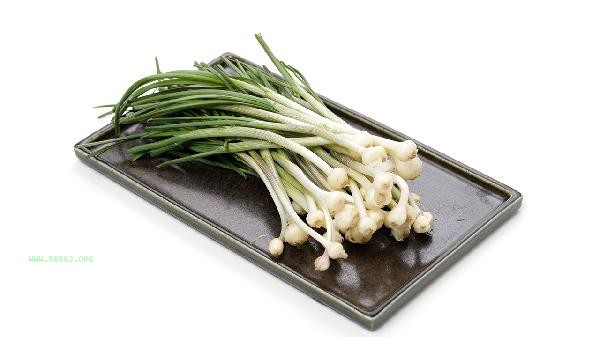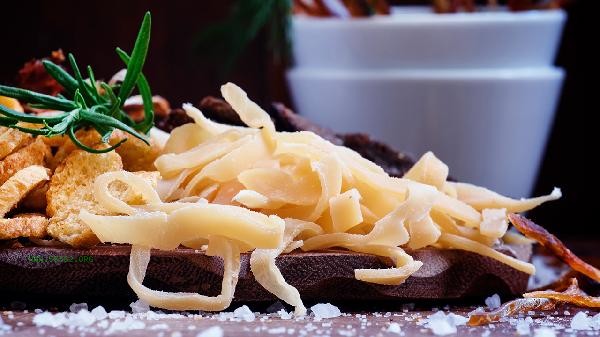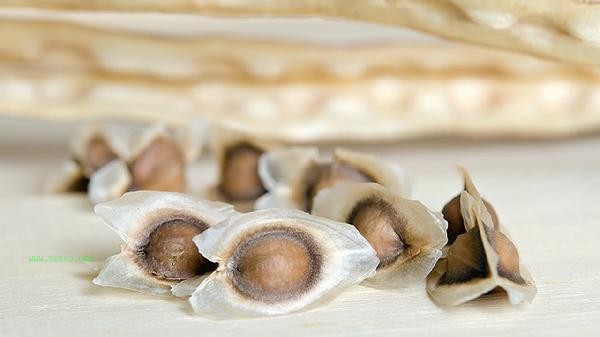The infiltration preservation method is mainly used to preserve high moisture foods such as fruits, vegetables, meat, fish, and candied fruits. Permeation preservation removes moisture from food through high concentration sugar or salt solutions, inhibits microbial growth, and extends shelf life.

1. Fruit
Penetration preservation method is commonly used for fruits such as strawberries, apples, pears, etc. High sugar solution can effectively inhibit bacterial growth while preserving the natural flavor of fruits. Sugar stained fruits can be made into dried fruits or canned goods, and the sugar concentration needs to reach a certain standard to ensure the preservative effect. Some tropical fruits such as mangoes and pineapples are also suitable for this method of preservation.
2. Vegetables
Cucumber, radish, cabbage and other vegetables are commonly preserved by salting. A high salt environment dehydrates vegetable cells while inhibiting the growth of spoilage bacteria. Traditional pickled vegetables and kimchi both use this principle, and excessive salt concentration can affect the taste, so it is necessary to control the appropriate proportion. Some mushrooms can also be stored for an extended period of time using the sugar soaking method.
3. Meat
Preserved meats such as bacon and ham are preserved by salt permeation dehydration. Salt infiltration into muscle fibers can inhibit pathogenic bacteria such as Clostridium botulinum, and traditional air drying techniques are often used in conjunction with infiltration preservation. Fish marinating also uses a similar principle, such as controlling the even penetration of salt in the production of salted fish.

4. Fish
Both marine and freshwater fish can be preserved by salting, and high salt environments can prevent the breakdown of fish protein. The production of salted fish jerky requires multiple processes such as salting, drying, etc. Permeation and dehydration can prevent the fish meat from spoiling and deteriorating. This method is also applicable to some seafood such as shrimp and shellfish.
5. Preserved fruits
Preserved fruits rely entirely on the principle of sugar permeation preservation. Dried fruits, candied ginger, etc. need to be repeatedly soaked in concentrated sugar solution. Sugar replaces the original moisture of fruits to form a high osmotic environment, which can both preserve and increase sweetness. Some nuts, such as sugar coated walnuts, are also stored in a sugar coated manner.

When storing food by permeation, attention should be paid to controlling the concentration of sugar and salt, as excessive concentration can affect taste and nutrition. The storage container should be strictly disinfected to avoid secondary contamination, and it should be refrigerated after opening. People with diabetes should control the intake of sugary food, while people with hypertension should not take more salt products. Traditional infiltration preservation can be combined with modern sterilization technology to improve safety, and special attention should be paid to hygiene conditions and storage time for homemade products.








Comments (0)
Leave a Comment
No comments yet
Be the first to share your thoughts!